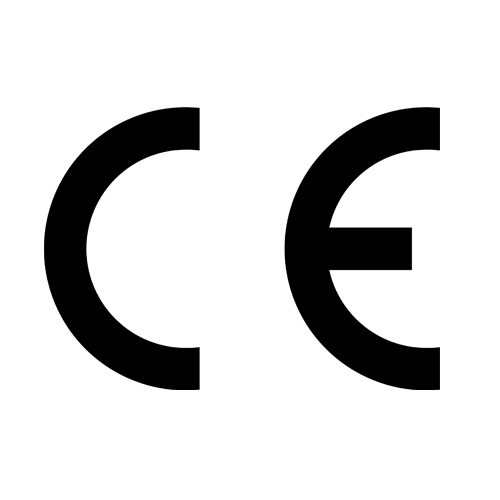One advantage of LED lights is that they can be used long time. The old incandescent and halogen lamps, diğer taraftan, broke down after just a few thousand hours. At the end of the life expectancy the filament breaks and the lamp remains dark. Such a sudden defect cannot occur with LEDs. Nevertheless, there are also signs of ageing here, which are called as follows:
Aging, Degradation, Loss of brightness, Luminous flux decrease
A new LED lamp usually has the brightness specified by the manufacturer. Over time, the luminosity slowly decreases and the lamp becomes darker.
The decrease in LED luminosity is not linear. The luminous flux decreases very slowly in the beginning and decreases faster and faster with time. Fakat, this is an extremely slow process over the entire lifespan. The decrease in luminous flux will therefore not be noticed in practice.
Why do LEDs lose their luminosity?
An LED lighting consists of several components. These include a small power supply, an LED driver and LEDs. The loss of brightness is mainly due to the structure of the light emitting diode. Minimal impurities in the semiconductor crystal of the LED chip cause material changes over time.
This process progresses slowly due to the heating of the LED each time it is switched on and during the lighting time. An increased ambient temperature or a mounting position with insufficient cooling accelerates the process. This aging process is called degradation.
Our shelf lighting tubes can be used over 50000 Öncesi, and refrigerated display lighting tubes can be guaranteed to use over 30000~50000 hours, according to different series.
About degradation, let’s continue next time.











